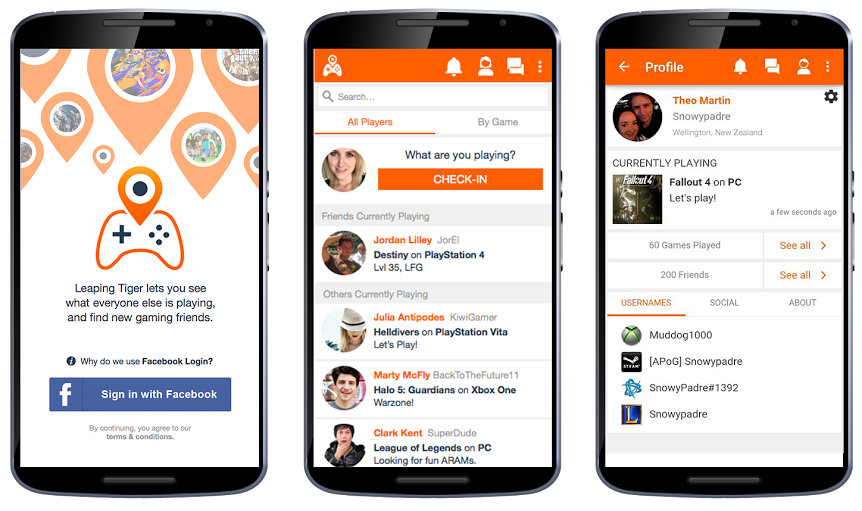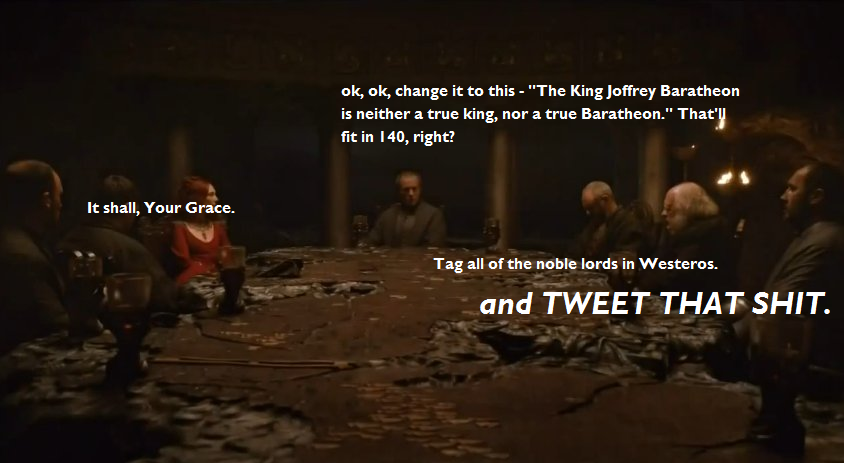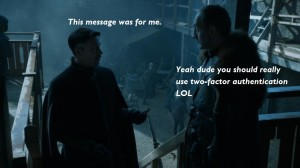I was at home scrolling through my Facebook feed on my phone, watching some small video that a friend reposted, when my 10 month old LG G4 rebooted itself.
In the world of small consumer electronics, that event is usually nothing special. It doesn’t happen all the time, but having a device say “You know what, I just need to reboot” does happen. We shrug, wait the few minutes for the device to restart, and go right back to where we were. My LG G4, though, got stuck in a booting loop and wouldn’t return to a home screen.
Unbeknownst to me at the time, my LG G4 had a hardware issue that was just counting down to when the phone would die (no recall notice, LG?). According to LG’s January 2016 statement to Android Authority, “LG Electronics has been made aware of a booting issue with the LG G4 smartphone that has now been identified as resulting from a loose contact between components.” Once that contact comes loose the phone bricks and becomes unusable. For some users that time is sooner, for some later. If you have an LG G4: Be prepared.
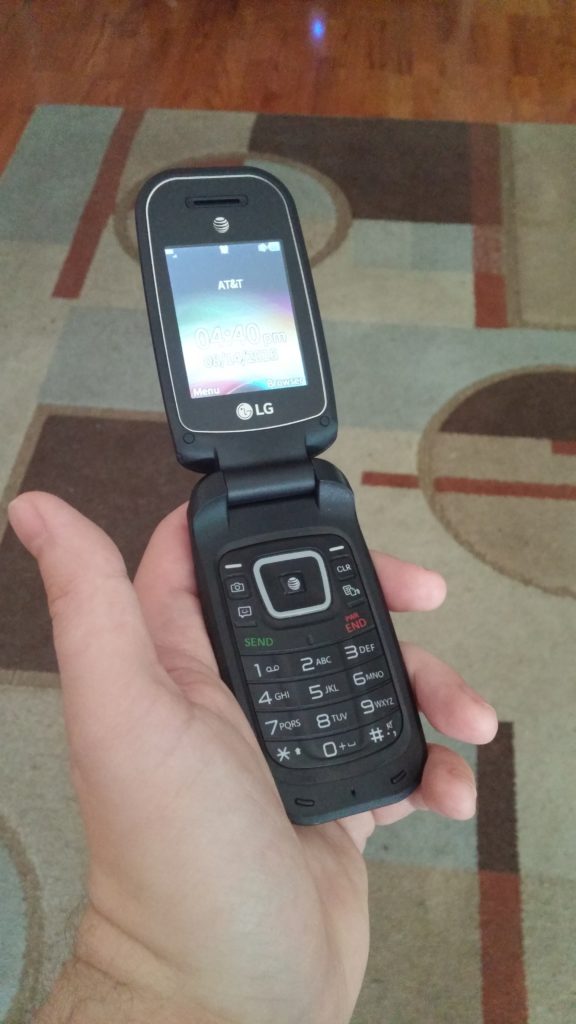
A *NEW* LG B470
To the Strip Mall!
The good folks at our local AT&T store, whom we have always been treated with respect by, seemed to have their hands bound. I didn’t buy the insurance, but I was still within the warranty. The associate said they would have a replacement LG G4 shipped out to me, but it would take about a week to do so.
A week. A decade ago, we didn’t have smartphones, but their invention and proliferation has changed society as we know it. My wife and I don’t have a landline in our condo, specifically because we both have cell phones. An extra line would just be redundant, and I’m not about to give Comcast any more money than I absolutely have to. A week with no phone calls or texts can be done, but in this age of information, it’d be like willfully going deaf. Others would try to communicate, but I wouldn’t be able to hear them or even know they tried. Like it or not, cell phones have become a necessity of daily life.
My options were few. I couldn’t trade my phone in early for a new model, because it technically was broken. AT&T also doesn’t have a “loaner” program (seems like an oversight, this would inspire customer confidence). I also couldn’t pick up a phone and return it a week later, as this would incur a hefty “restocking” fee. So I did what I had to do, I bought their cheapest phone available on the spot, an LG B470 flip phone.
Living in the Aughts
I bought my first cell phone in 2001 at the same time as my then-girlfriend. Terrible decision. Don’t join in any contract with someone unless you’re committed to them. Life lesson. From there, it was flip phone to flip phone until 2010.
When my wife and I got married in the summer of 2010, the flip phone that I was rocking was destroyed on our honeymoon by a freak thunderstorm. Seeing as we were newlyweds and about to board a cruise out of country, my phone was the last thing on my mind. When we returned we bought a pair of our first smartphones, the Galaxy S.
This was only 6 years ago. Such a small time in the grand scheme of things, but such a large change in daily life.
Reaching for No Reason: The first thing I became acutely aware of with a flip phone in 2016 was exactly how often I would reach for my phone. Multiple times throughout the day I check my smartphone for new email, new social media comments, or other app fluff. With a phone that really only receives calls or texts, I keep flipping the phone open but then quickly realize it’s futile. It doesn’t have those frills, and if I get a call or text, the phone will let me know.
No GPS or Weather: Without Google Maps or weather widgets, I’ve felt a little lost (pardon the bad pun). Yes, I know, we use to get by without GPS maps and up-to-the-minute weather just fine. But with Google Maps and GPS devices, I’ve long rid my car of local maps. Also, storms just passed through this morning, and I had no idea they were coming. I could’ve used my home PC or work PC to check, but these are both things I have mentally relegated to my smartphone.
No Curated News: I also have felt much less informed overall. Lack of a smartphone means a lack of those in-between moments to check current events. I use social media, but I primarily use it to get my daily news. Groups that I’ve joined are both social interactions and a curated news delivery system. Yes, tell me all the news about Ultima, Star Trek, and Disc Golf! I’m all for them.
No Podcasts: All the podcasts that I keep up with will just have to be skipped this week, too. I won’t clean my house any less, but where I was listening to podcasts during my commute or while cleaning now will be silence or background music.
Tiny Pictures: And pictures on this little flip phone are laughable. Sure, I could take some, I guess, but without the ability to share them, what’s the point? We passed a business yesterday that it advertising itself as a “Cat Lounge”, and I didn’t even bother taking a picture to ask everyone what they thought that meant. I have no idea. A salon? A bar? Are cats welcome? What *is* that?! I couldn’t post the picture even if I did take it.
It’s not like these are monumental changes by any stretch, and are small annoyances at best. They highlight, though, just how integral these little devices have become in our daily rituals. It’s not in the large interactions that they found their use, but in the small periods of time between interactions. That podcast on the drive home, that quick check of social media in the bathroom, that look at the forecast in the morning.
The Reports of the Death of Social Interaction Have Been Greatly Exaggerated
People complain about how things were better before smartphones, though, how we talked to each other more and didn’t have our faces glued to screens. This is hyperbole, of course, but if anything my technological regression is making it clear how it’s *not* the devices that are to blame. People are.
If someone feels compelled to stick their face in a screen over having worthwhile human interaction, that’s the person doing that, not the device. That person who rudely talks on their phone while ordering coffee? That’s a rude person, not a rude phone. It’s essentially the “guns don’t kill people, people kill people” argument, but applied to cell phones. Which is totally true. It’s the act that matters, not the device (cell phones aren’t designed solely for the purpose of death, though, which is the true basis of the guns argument).
So if you’re blaming your bad habits on your phone, nope, you’re in the wrong on this one. The phone is just an outlet to flex those bad habits, but you’re still the one doing them. Same goes, though, for blaming the downfall of society on devices or games. If all it took was a cell phone to trigger the downfall of society, then it wasn’t being held up by much in the first place. Stop blaming Pokemon Go on people’s lack of awareness, blame the unaware people.
A Return to Normalcy
Can’t wait to get my replaced G4 back, though. The feeling of connection, of direction, of making those in-between moments useful again. This has been a fun experiment, and it’s been interesting to note the minute changes in daily life that have snuck up over the years. Every once in a while it’s good to remove yourself from your comfort zone, if only to measure how much you have changed. But, seriously, AT&T, where’s your recall or loaner phone program?
Everyone is talking about wearable tech, especially smartwatches. Comparisons on the latest and greatest feature, practical designs,and discussions on the right manufacturer provide an array of options for every need. There is even a wearable one with built-in biometric sensors that can help you better understand the patterns in your emotional, behavioral and physical wellbeing.
Recently I was given the gift of a Microsoft Band 2. It has a heart rate monitor, notification center, calorie counter, and even a sleep monitor. While the technology is cool and the idea of having multiple types of information almost at my fingertips was appealing, it seems that this watch and other items like it has other possible benefits on the psyche, anxiety, and emotions that was unexpected and certainly surprised me.
“There is even a wearable with built-in biometric sensors that can help you better understand the patterns in your emotional, behavioral and physical wellbeing.”
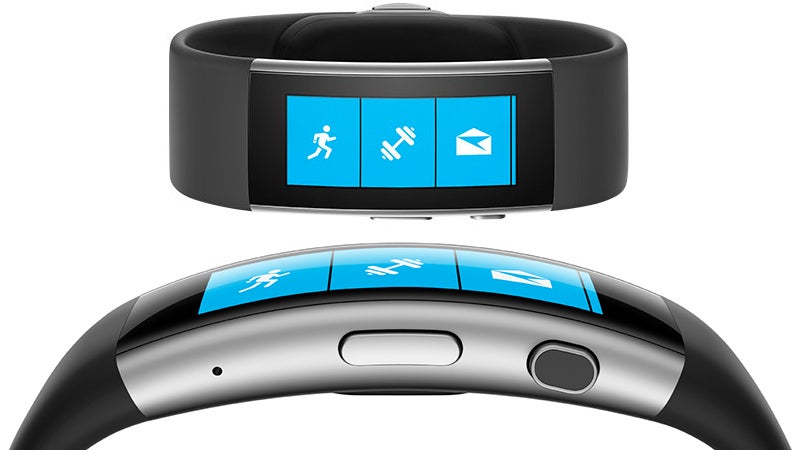
Are you the type of person who finds themselves constantly wondering what your friends are up to, what might be happening online at this moment, or wanting to stay on top of the latest news and memes? I’m not. I AM the type of person who has an amount of incoming emails that would bury me in about 3.5 hours should they be made of actual paper, a constant stream of PMs both work and personal, and a work schedule that requires me to be globally available for emergencies. Sadly, both these states are fairly typical of the average working individual. This can make it completely normal to be caught in photos and around the house with your phone 12 inches from your face, create the ability to both walk and read simultaneously, and cause the words “just one minute ,honey” to pass your lips far too frequently.
I’ve become used to this state of mind until the advent of this gift. Suddenly, there was something that could allow me the ability to glance at my wrist and see what needed to be prioritized or ignored on all the social media and email programs simultaneously. I was able to look up from that phone and actually participate in events and activities again without the anxiety and panic of missing something essential that needed an immediate response. The extra benefits of the pedometer made me more aware of the importance of getting up and moving around after sitting too long, and the sleep tracker was interesting and had a built in alarm that is touted as waking you at the optimal point in your sleep pattern.
Can all this technology create a sense of control? Yes, it does and that can be advantageous or set you on a path of extreme micromanagement. Balance here is key. I find it calms my mind and allows me a type of freedom while being informed to have this incoming information that can wither be ignored or replied to. So much so that I recently backed the Pebble 2 Kickstarter in anticipation of wanting another “smarter” watch in the future.
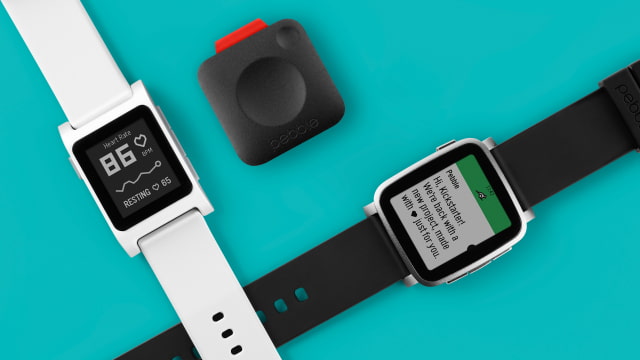
Have you used tech to help center yourself and did you find it had an effect on your anxiety?
Ever get the feeling that all your friends who share similar interests only exsist on the internet? There should be an app for that. Enter Leaping Tiger, a location-based friend-finding app for gamers, is now available on Android after launching for iOS and the web in May.
A social discovery tool designed for gamers who want a simple way to make friends with people nearby who share similar gaming tastes, Leaping Tiger allows users to quickly find individuals to play with, consolidate their gamertags across all platforms, and engage with the surrounding gamer community.
“If Foursquare and Tinder had a baby, and that baby was really into gaming, that’s Leaping Tiger” Amy Potter, founder, Leaping Tiger, explains. “We have seen many social platforms move away from lengthy posts and extensive profiles, but social platforms for gamers have lagged behind. We think we are providing a product that is the evolution of the online social experience for gamers. We offer a streamlined set of tools to help the community instantly connect.”
Features include the ability to create a profile with a listing of gamertags for each platform, check-in to games, message other users, location-based search prioritizing local active players and save other users’ profiles for future interactions.
Leaping Tiger provides a variety of intuitive features that allow users to:
- Create a Player Profile – Members can create a player profile housing all of their gamertags, so players with similar interests have the option to connect
- Check-In – Leaping Tiger lets the world know what games members are playing at that moment
- Instantly Connect – After finding a potential friend, users can instantly begin chatting, making it easy for gamers to organize online play sessions and meetups with the local community
- Find Local Gamers – Leaping Tiger prioritizes active members in a user’s area so gamers can locate others who share the same time zone, before searching worldwide
- Save Friends – After connecting with other Leaping Tiger members, users can save their favorite profiles to make future interactions via direct message with those individuals a breeze
The Leaping Tiger founders developed the app to fulfill the need for a simple and instant way to discover local gamers, emphasizing real connections over anonymity.
Games are better played with people you know, and the team at Leaping Tiger is passionate about bringing gamers together. You can find Leaping Tiger on Android’s Google Play Store as well as the iOS App Store, with a web based version being perfected for a summer release.
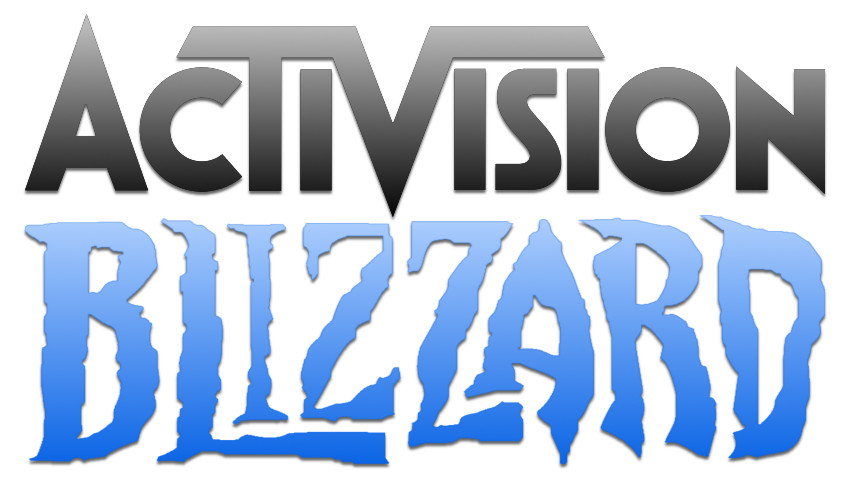 The thing most of us forget about the gaming industry is that the entertainment value of what they provide for consumers is only half of the equation. It’s still an industry – and surrounding all of the fun gameplay and epic stories are the business deals that happen just outside our field of view. So perhaps not a lot of people thought much of the fact that Activision Blizzard acquired King Digital this week. Some folks scratched their heads. Some probably didn’t register more than a “meh” before they went on about their day. I on the other hand went full on metageek, paying attention not to the fact that Diablo just bought Candy Crush, but more to the fact that the deal involved money to the tune of $5.9 BILLION.
The thing most of us forget about the gaming industry is that the entertainment value of what they provide for consumers is only half of the equation. It’s still an industry – and surrounding all of the fun gameplay and epic stories are the business deals that happen just outside our field of view. So perhaps not a lot of people thought much of the fact that Activision Blizzard acquired King Digital this week. Some folks scratched their heads. Some probably didn’t register more than a “meh” before they went on about their day. I on the other hand went full on metageek, paying attention not to the fact that Diablo just bought Candy Crush, but more to the fact that the deal involved money to the tune of $5.9 BILLION.
If you want to put that to scale, Microsoft paid Mojang about $2.5 billion for Minecraft. And for some real perspective – Disney paid roughly $4 billion for the Star Wars franchise – $2 billion less than the Candy Crush deal. Let that sink in for a minute, because that is incredible.
Activision Blizzard is home to the wildly popular Call of Duty franchise and the realms of Warcraft, Starcraft, and Diablo. King Digital, famous for its mobile and browser-based games, is most famous for bringing us Candy Crush. And on its face to most people it could seem like a pretty random buy. The former makes mega-large scale games in the FPS, fantasy and MMO space, while the latter caters to mobile, with what some would call “casual” gaming. They’re two companies that have close to zero overlap in any gaming sector. And that’s why it makes sense. The acquisition gives Activision Blizzard a foothold in an area they’ve yet to really conquer, with the exception of the free-to-play Hearthstone now available on smartphones and tablets.
 As software and games change, it’s a clear trend that mobile is the new hotness. The current generation has grown up with solid mobile platforms which include increasingly strong smartphones. This is especially true with younger gamers 17 and under, according to global information company The NPD Group. And even from my personal experience, when I’m traveling (and let’s face it, even when I’m in the office) there’s never a shortage of people tapping away at their touchscreens getting their game on.
As software and games change, it’s a clear trend that mobile is the new hotness. The current generation has grown up with solid mobile platforms which include increasingly strong smartphones. This is especially true with younger gamers 17 and under, according to global information company The NPD Group. And even from my personal experience, when I’m traveling (and let’s face it, even when I’m in the office) there’s never a shortage of people tapping away at their touchscreens getting their game on.
I myself have been epicly thrashed in Hearthstone on my phone during my lunch in my office – sandwich in one hand and disappointment and sadness in the other, thanks to Thrall and his incessant totem dropping.
So given the trend, why spend dollars creating something to compete in that space when it’s more effective to acquire a group that already does it well? Picking up King Digital brought in a lot of talent with a ton of experience in the mobile gaming space, which opens up a lot of opportunities to not only create new IP, but to bolster their existing game lines as well. That had to be Bobby Kotick’s thinking, probably spurred on by the success of Hearthstone.
And I have a sneaking suspicion that King Digital’s 474 million monthly active users had something to do with it too.
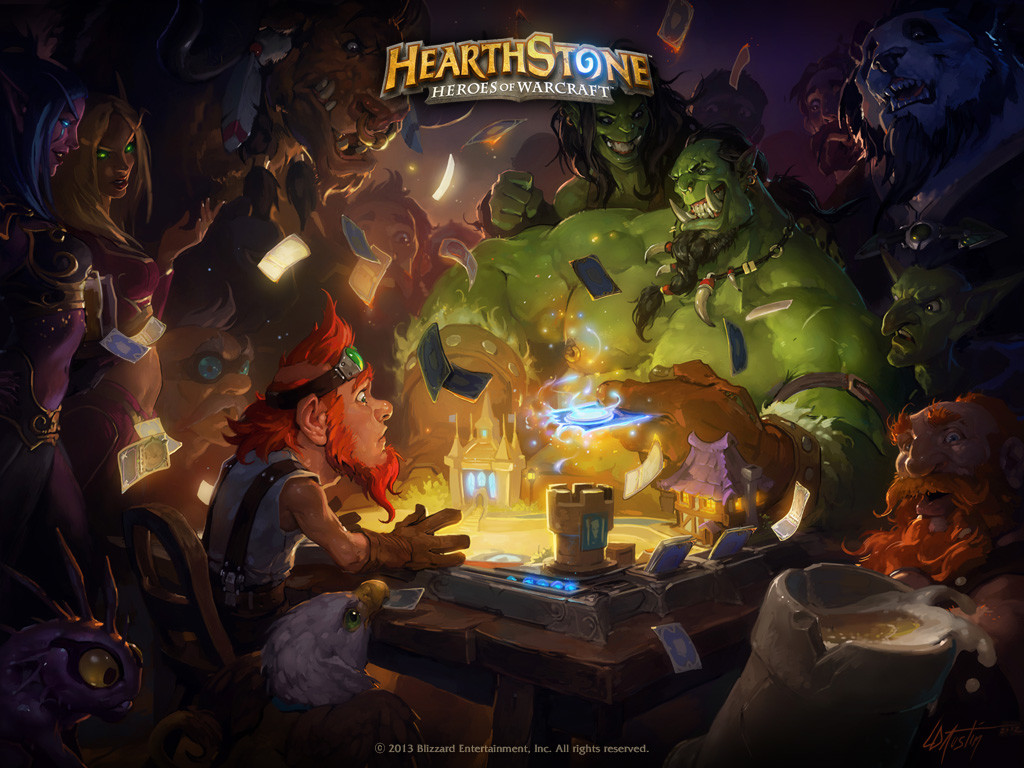 The fact of the matter is that this deal will have almost zero effect on the 474 million candy crushers out there, but could prove to bring some enhancements or new features to the Activision Blizzard franchises that we love. Early this year they released Call of Duty Online in the Chinese market, spearheading the movement to bring their well known franchises to mobile and pick up a new audience for their games. Let’s be real, not everyone is drinking the Kool Aid in Azeroth, and there’s a lot of players they could now provide more content to that they couldn’t before.
The fact of the matter is that this deal will have almost zero effect on the 474 million candy crushers out there, but could prove to bring some enhancements or new features to the Activision Blizzard franchises that we love. Early this year they released Call of Duty Online in the Chinese market, spearheading the movement to bring their well known franchises to mobile and pick up a new audience for their games. Let’s be real, not everyone is drinking the Kool Aid in Azeroth, and there’s a lot of players they could now provide more content to that they couldn’t before.
According to Bobby Kotick in the official press release:
The combined revenues and profits solidify our position as the largest, most profitable standalone company in interactive entertainment. With a combined global network of more than half a billion monthly active users, our potential to reach audiences around the world on the device of their choosing enables us to deliver great games to even bigger audiences than ever before.
Well there’s that, and also the deal makes a pretty penny for King CEO Ricardo Zacconi.
So what’s my verdict? I get the deal and it does make sense to me. I’m not completely convinced of the valuation – there’s a lot of financial mumbo jumbo I’m not going to bore you with – but the deal itself makes sense. I feel like Activision Blizzard now having a crew of mobile experts and a platform to work from could really enhance Hearthstone as their current big mobile game, but also allow them to make Battle.net bigger and better, and spark some creative revitalization for some franchises that, to be quite honest, have gone a bit stale. And my hunter, my barbarian, my monk, my crusader, and myself – all hope that I’m right. We’ll have to wait until Spring to find out.
Tushar Nene
Staff Writer
@tusharnene
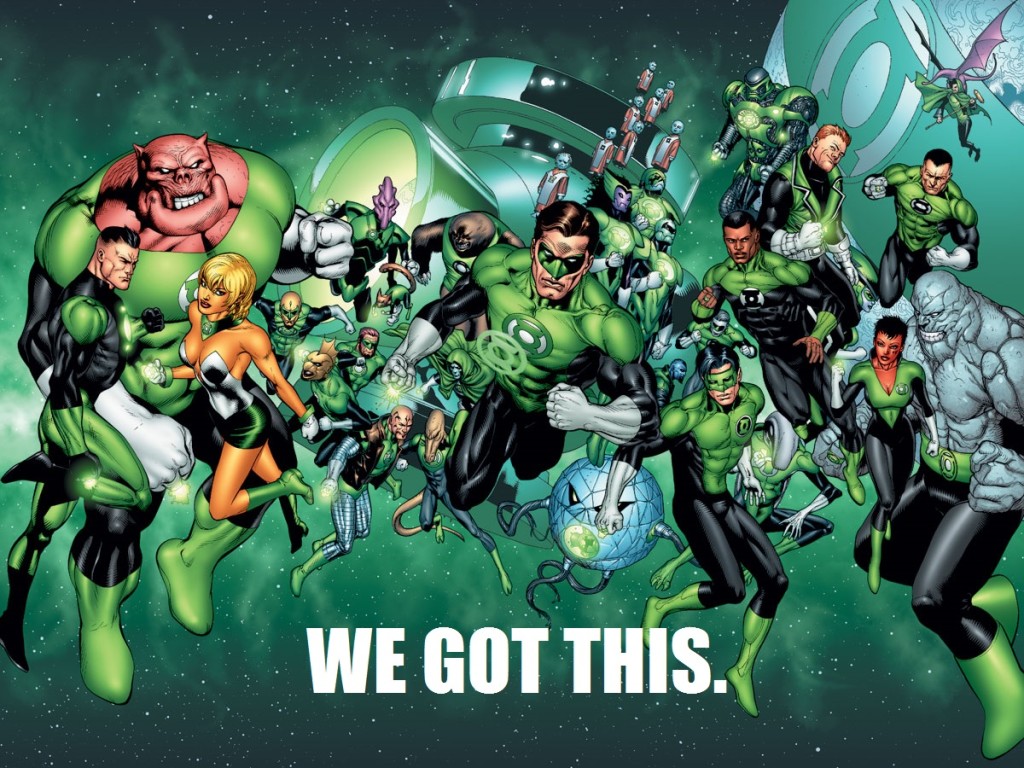 Now this is the geek community, so I’m sure there’s no shortage of you reading this that fall under the category of “The IT Guy” or “The IT Gal” at your place of business. And those of you that do know it’s a pain in the ass sometimes. I’ll say it, it’s downright rough some days. In addition to corralling what is sometimes nothing short of a kudzu growth of cabling in your server racks or poring through lines of codes and executing scripts, you have your non-tech co-workers (or friends, or family) that see computers and the entire IT field as magic.
Now this is the geek community, so I’m sure there’s no shortage of you reading this that fall under the category of “The IT Guy” or “The IT Gal” at your place of business. And those of you that do know it’s a pain in the ass sometimes. I’ll say it, it’s downright rough some days. In addition to corralling what is sometimes nothing short of a kudzu growth of cabling in your server racks or poring through lines of codes and executing scripts, you have your non-tech co-workers (or friends, or family) that see computers and the entire IT field as magic.
(Which I’m not going to lie, it kind of is. I’m typing this on a system many times more powerful than the system NASA had to shoot up Apollo 13. At a fraction of the size)
But what admins do as basically keep the world spinning in this here our digital age. Whether it’s managing users at the office, fixing tech that’s gone horrible broken, or basically just keeping everything up so our 21st century way of life can continue. We have the iron will of a Green Lantern. The tech savvy of Batman. And the baller caretaker qualities of Alfred Pennyworth.
And through all the hard work and headaches, most other people don’t realize the importance of what they do. Soon the admin crowd gets commoditized like a tool in a toolbox to fix what’s broken. Sometimes there’s not so much of a “thanks” for working their mojo, and from what I’ve seen personally and heard from friends and colleagues is that even the simple phrase “hello” is replaced with just launching into whatever problem needs to be fixed.
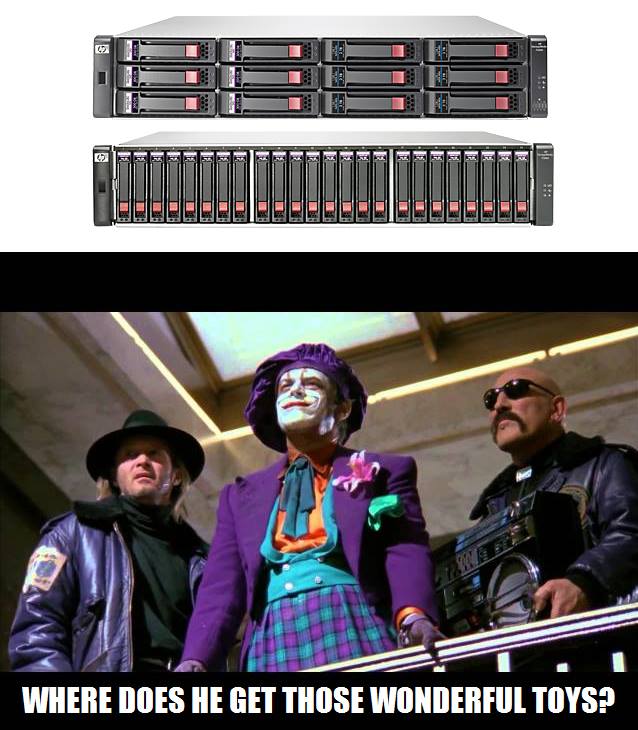 The marketers and sales folks get the glory for making the dough and the people that deal with customers or calm down irate clients get the goods. Parties, gift baskets, even cards that show their appreciation for what they do. All the while the tech crowd stew in their geek caves sifting through work orders that are expected to be done instantly by magic and keeping your digital world safer to boot, while others pat each other on the back. And I’m not going to lie, it’s a little embittering.
The marketers and sales folks get the glory for making the dough and the people that deal with customers or calm down irate clients get the goods. Parties, gift baskets, even cards that show their appreciation for what they do. All the while the tech crowd stew in their geek caves sifting through work orders that are expected to be done instantly by magic and keeping your digital world safer to boot, while others pat each other on the back. And I’m not going to lie, it’s a little embittering.
So why do admins have the right to be more bitter than all the other departments in the world’s corporate structure? Respect. That’s all it boils down to. Someone will always be there to bug us when something’s not working, or freak out about when something’s going to be fixed, or when that impossible project is going to be done on top of the other things that need to be done. But when everything’s working great, and problems don’t even show up on users’ radar because the tech team has it well under control before they even know about it, there’s no one there the hold up the “10’s” on the scorecards for them. And I don’t think that’s fair. There’s no other team that has to stay on site and work the occasional 24 hour shift just so business can run without issue. Or drop everything they’re doing on a relaxing Saturday afternoon just to log in or come in and make everything is OK. Or be on the phone for two hour calls on a vacation thousands of miles away. While you’re comfortable in your bed, your sysadmin could be on the clock.
Think about it. Sysadmins and techs are responsible for every email you send and receive, every phone call you make, and every aspect of day-to-day business that involves a computer – which let’s face it, is everything. We go out of our way to try and teach people about digital responsibility, viruses and malware to look out for, and just how to stay safe in the digital age.
So a few years ago, the concept of System Administrator’s Appreciation Day was founded, to take place on the last Friday of every july to have a day for the techs. Today my team celebrated with cheesesteaks and appreciation for lunch for our entire technical department – because while most other folks celebrate all the time for hitting sales goals or landing a client, we celebrated ourselves for keeping the ship afloat.
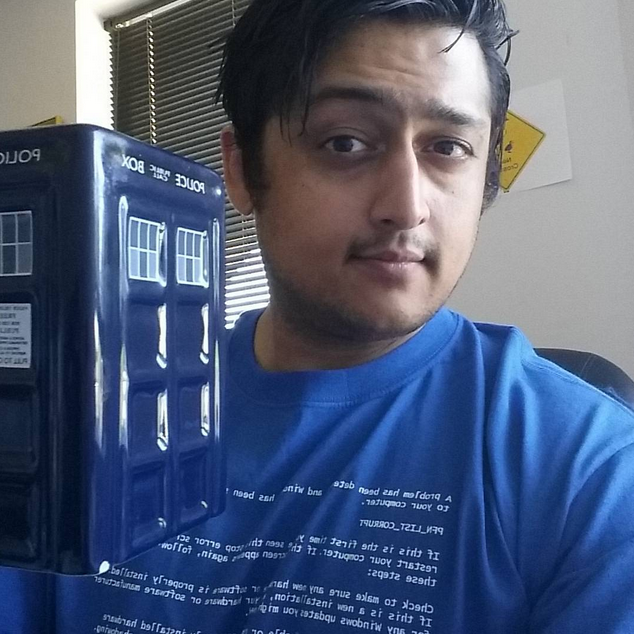 So today’s for you, admins. You’re the heroes today. The Doctors, the Kyle Rayners, the Bruce Waynes. Whether you’re just starting out putting together your playbook, been in the game for a while running the show in the enterprise, the tech that does wiring, PBX, Database, Domino, Exchange, AD, Web, or any of the other oh so many custom systems that are out there – I salute you. Having a career that started as an IT intern as a teenager and ending up in the ranks of project and tech management, I know what kind of nightmare scenarios you’ve been through, and what kinds of hell you’ve been in. I appreciate what you all do to keep our world spinnin’ round. Keep up the good work folks. Here’s to raising a TARDIS mug of turbo-charged coffee in your honor.
So today’s for you, admins. You’re the heroes today. The Doctors, the Kyle Rayners, the Bruce Waynes. Whether you’re just starting out putting together your playbook, been in the game for a while running the show in the enterprise, the tech that does wiring, PBX, Database, Domino, Exchange, AD, Web, or any of the other oh so many custom systems that are out there – I salute you. Having a career that started as an IT intern as a teenager and ending up in the ranks of project and tech management, I know what kind of nightmare scenarios you’ve been through, and what kinds of hell you’ve been in. I appreciate what you all do to keep our world spinnin’ round. Keep up the good work folks. Here’s to raising a TARDIS mug of turbo-charged coffee in your honor.
As for the rest of you – As much as it may seem like it I’m not writing this to admonish you or call you bad people. I just want you to be aware of how things work. These techs that probably make your job possible to even do, don’t solve problems with a magic wand. It takes research, training, practice, and a lot of trial and error to learn things and get things done. It’s the type of work where the consequence of mistakes is business coming to a grinding halt. And unfortunately there’s far less recognition than what’s deserved. And we’re not looking for a parade or parties or anything crazy like that. Just one day out of 365 where maybe you bring up something other than how your computer’s not running right, or just saying hello like we’re normal people. Well you know, normal for a geek.
Tushar Nene
Staff Writer
@tusharnene
Since the first season of Game of Thrones I gradually started to see everything a little bit differently. How much more interesting would life in Westeros have been if there was a little bit of modern social tech involved? I mean let’s think about it. How are you going to get the message to all the lords of the land that the King that sits on the throne has an illegitimate claim? Ravens? Seriously? All things considered, I guess that was the “tweet” equivalent in the show – using a bird to blast your small scroll of a message to a bunch of people at once.
Now the scrolls are just restricted to 140 characters. Just ask Stannis Baratheon.
So below I took a look at Season 5 thus far through the lens of the tech geek. How might these conversations have gone with some of that modern tech spin? Take a look at the gallery and see for yourself (13 photos).
Tushar Nene
Staff Writer
@tusharnene







